30 January 2021
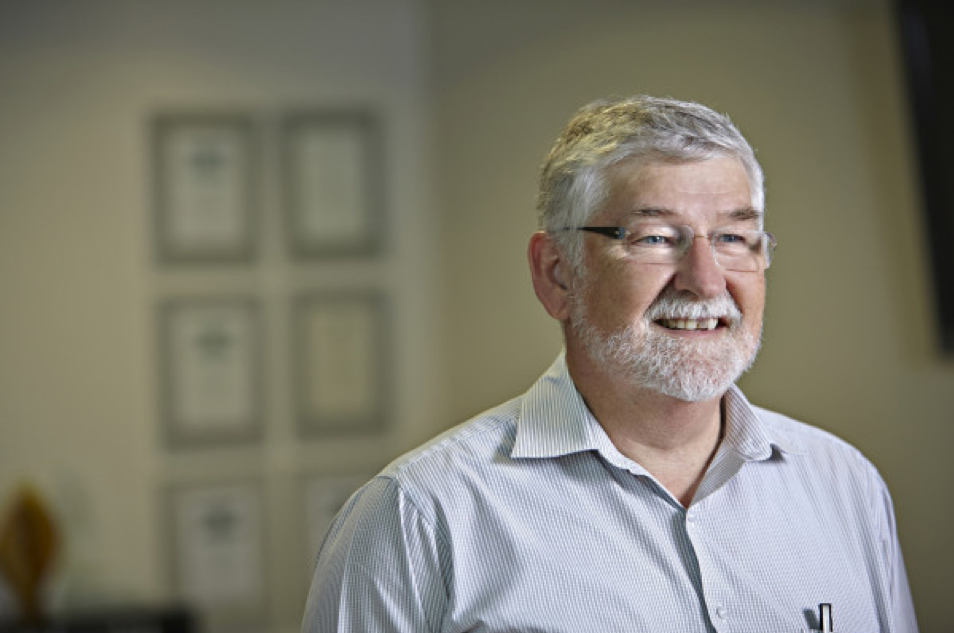
Eric Swanbury, ARAIA
Founder & Project Director at Swanbury Penglase Architects
Associate Diploma of Architecture & Architectural Draftsmen Certificate
(Current Architecture qualifications at UniSA can now be found here.)
Eric Swanbury’s architectural DNA will forever be a part of the establishment and growth of the University of South Australia.
As an architect and graduate of the South Australian Institute of Technology (SAIT) – which amalgamated into UniSA in 1990 – along with his practice Swanbury Penglase, Eric has been a frequent collaborator with the University and contributed to a number of important structures and environments across the institution that have continued to benefit generations of students after him.
Swanbury Penglase, now in its fourth decade, has well and truly made their mark in the South Australian industry. Since its inception in 1989, the practice has grown into one of the biggest and most successful multi-disciplinary firms in the state, with award-winning expertise within the areas of Architecture, Interior Architecture, Urban Design & Landscape Architecture and Heritage Buildings.
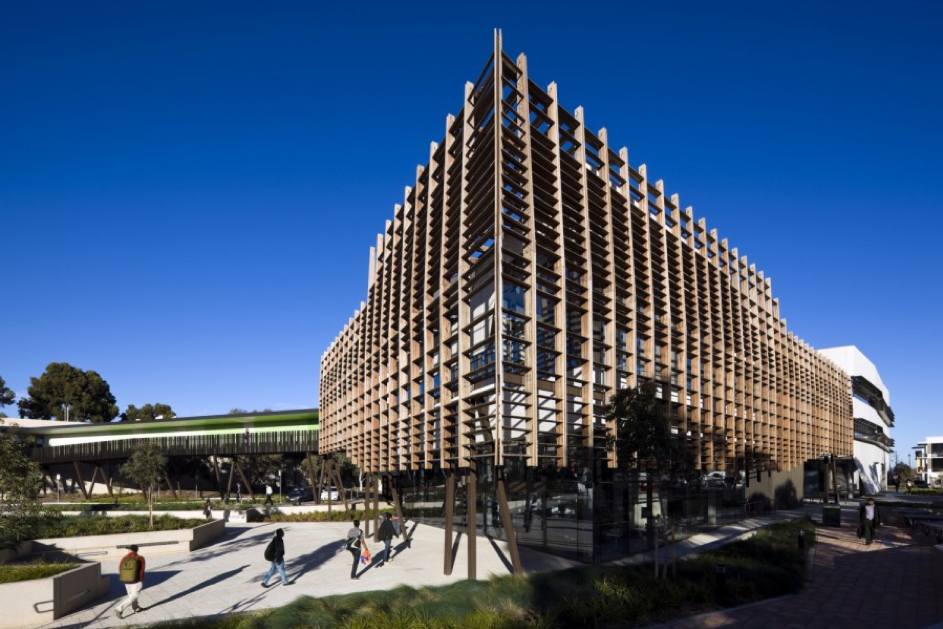
After graduating in 1971, Eric’s first job was actually in the SAIT’s architecture office, where he had a hand in the initial stages of what is now the Mawson Lakes campus, some work establishing the Whyalla campus, and also contributions to the City East campus – the original home of the SAIT.
It was here that he also developed an interest and innate knack for educational environments and creating places that are both inspiring, supportive and encourages and facilitates innovation in the space.
“Swanbury Penglase has a very long-established relationship with the University,” says Eric. “Actually, apart from about six or so years, I effectively have been working with or apart of UniSA my entire career.”
“Basically, the first five years after I graduated, working in the SAIT architecture office, set the tone of the sorts of architecture I was interested in. I think it's just fascinating to look at learning and the various stages right through to where you might be doing in tertiary studies, and beyond.”
“The University has been one of the few institutions who have been prepared to, and used, interstate architects with significant involvement from local architects in partnership.”
“You always want to give back – and it was a really good time – so it is nice to be able to contribute in that way.”
Eric knew he wanted to be an architect from the age of four. His love of designing and building began young and was luckily fostered by his parents with a wide range of toy sets where he assembled buildings and structures, constructing cities and towns, keeping him enthralled for hours.
This hobby was able to materialise into a career path when in school a generous architect, working on a hotel up the road from his home in The Riverland’s Loxton, took the time to come and speak to him personally. The architect, also a SAIT graduate, encouraged Eric to study architecture at the University for its practical and real-world learning, “These are the people that really count,” he told Eric.
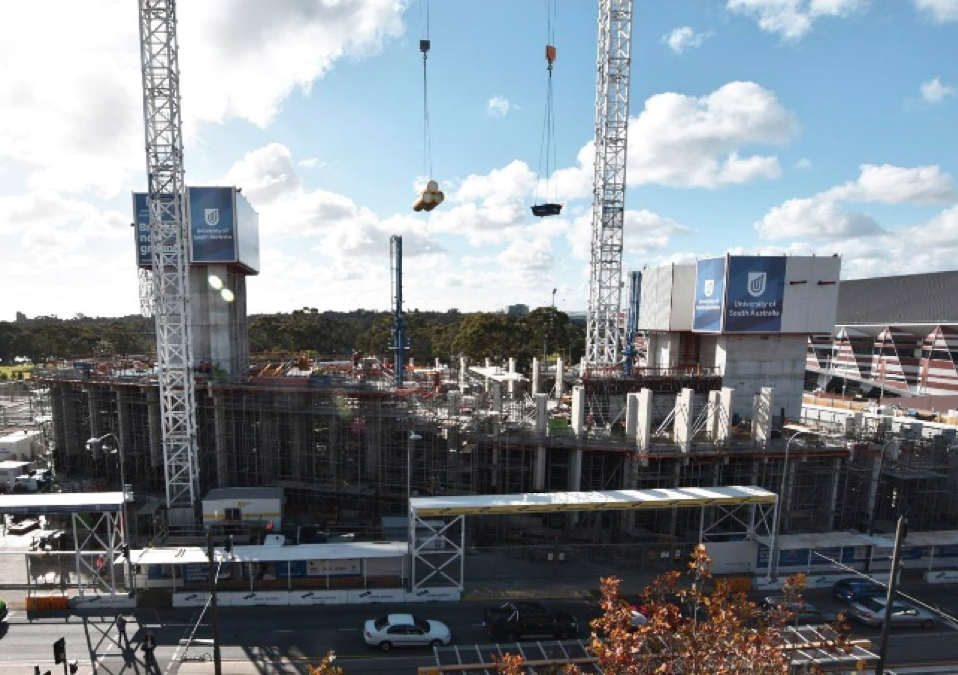
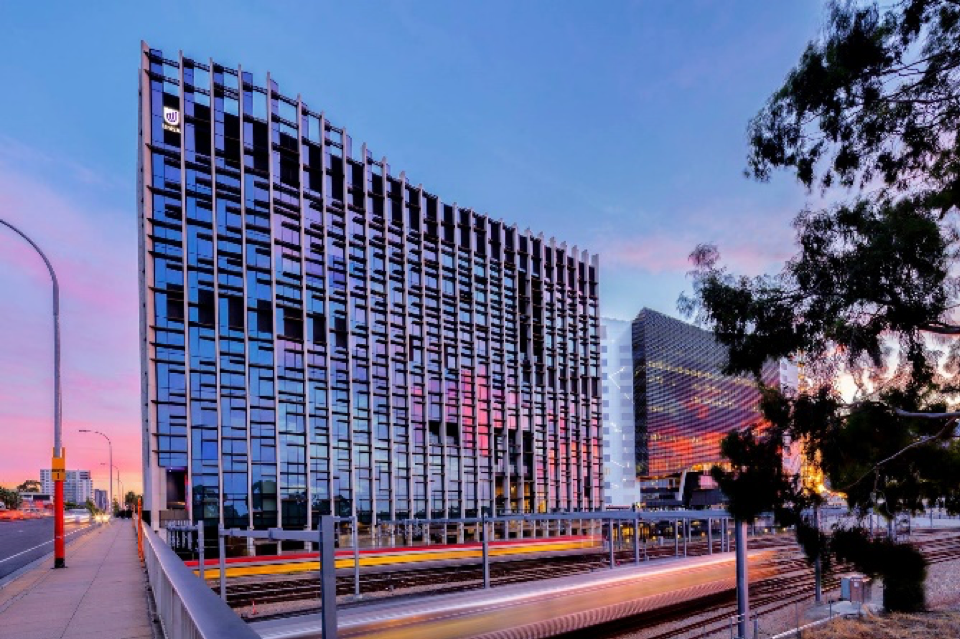
After SAIT and gaining experience in a range of educational and retail projects, he branched out on his own to establish his own private practice in 1982, and in an attempt to land larger contracts and more ambitious work, Eric joined forces with Stephen Penglase and his similarly successful firm to form Swanbury Penglase in 1989.
From an initial staff of four, their dedicated team has grown from strength to strength with over 60 colleagues now including fellow directors, associate directors, project directors, senior associates, associates, architectural staff, interior designers, landscape architects and administration staff.
While Stephen brought expert knowledge of residential contacts and work, as a specialist in the education and clinical fields, Eric’s familiarity and experience with these built environments and his reputation in innovative, cost effective and functional architecture, made the partnership a perfect balance.
From the outset, the organisation employed an integrated flat structure where each director also was a working architect with their own clients and projects. You also won’t find anyone squared off in a separate office at their Adelaide Headquarters on Gilbert Street.
Not even namesakes, Eric or Stephen, have their own office, everyone just has their own workstations the same size as each of their co-workers. This collaborative ethos has permeated throughout the entire organisation and is a pillar of the projects Eric and his team have built and made a name for themselves with.
In fact, it’s these people – the fostering of relationships and collaborations with similarly passionate individuals – that have resulted in his most memorable projects. They are equally rewarding and a great learning experience.
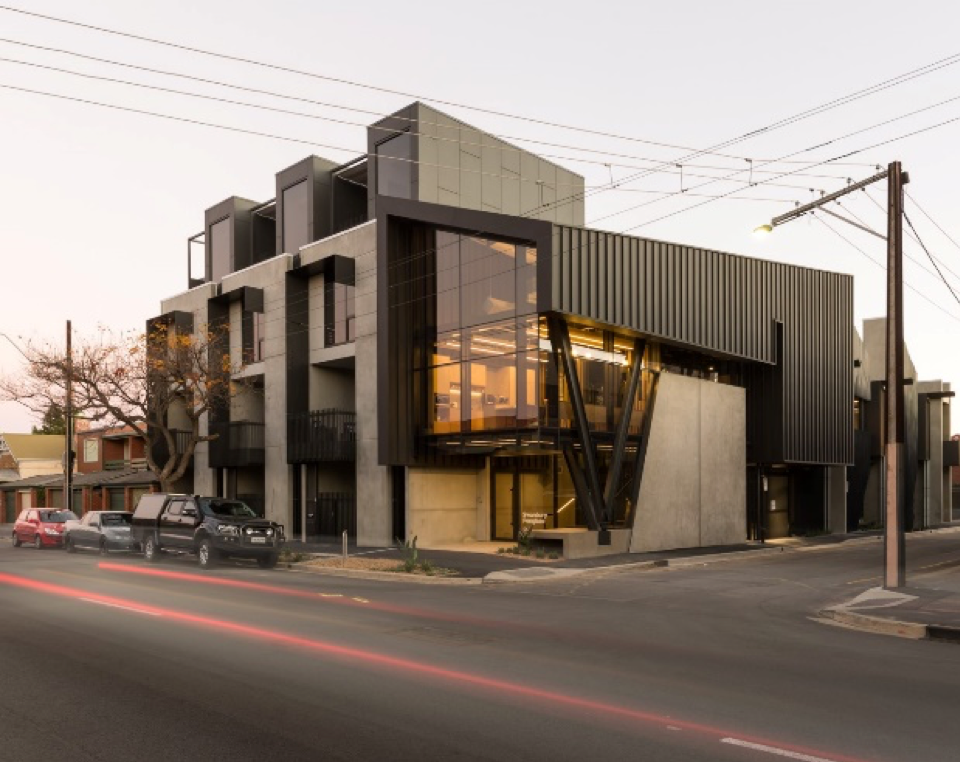
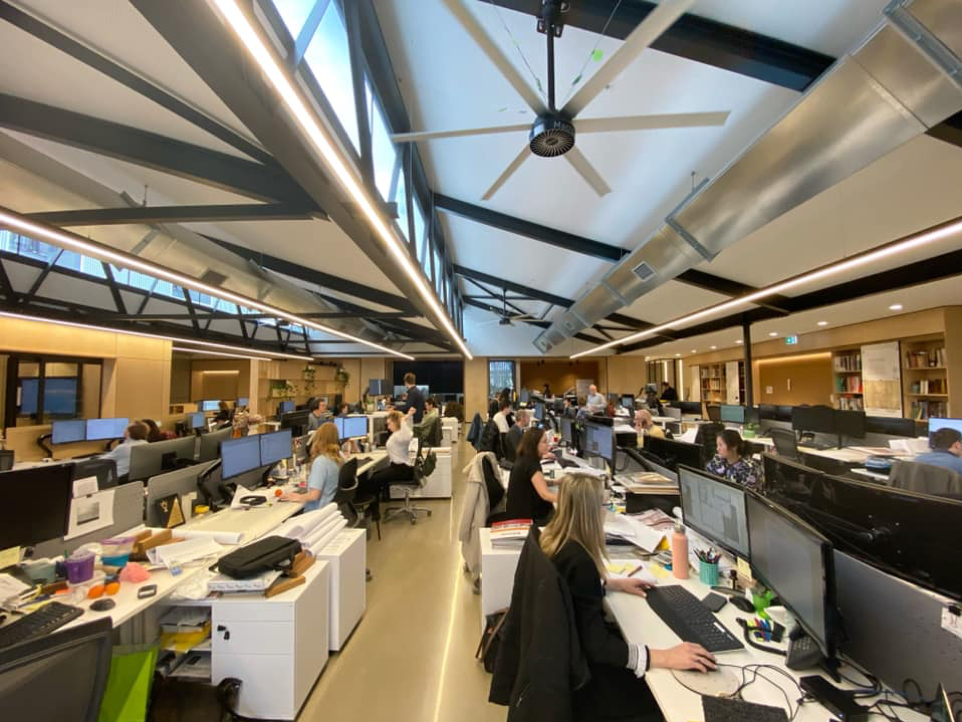
“There are lots of projects that you're proud of – I love architecture, I love cities, I love big projects – but the ones that really stick in your mind, it’s the people that make them memorable,” says Eric.
“They're the jobs that stick in my mind, architecture is great, and I love architecture obviously, and we've won a few prizes along the way, but it's those people and seeing real impact that's been a real privilege.”
“That's one of the things the practice has done really well is to partner with great people.”
The projects that come to mind for Eric are working with a dedicated team of educators at Northern Adelaide Senior College (NASC) to reimagine their adult re-entry school and upending initial plans with a visionary public primary school principal to double the amount of enrolments in just a few years.
Most notably, Eric singles out a couple of UniSA collaborations working with interstate heavyweights BVN to deliver UniSA’s 14 storey Cancer Research Institute (CRI) on North Terrace, and “Australia's greatest ever architect” John Wardle, on the Mawson Lakes campus’ M2 and The Plasso project.
Swanbury Penglase has also recently led construction of the City West Campus' courtyards and CELUSA (Centre for English Language in the University of South Australia) learning spaces at the University.
“It's a fabulous profession and I can't imagine a better profession for me.”
“We didn't set out with any grand visions – we just wanted to practice architecture – and we did it as best we could.”
Just like UniSA gave an opportunity to a talented, young, up-and-coming architect in their SAIT architecture office to help build what would eventually become a pivotal environment for future professionals, Eric Swanbury has trusted and employed a number of UniSA architecture graduates as well on Swanbury Penglase’s wide range of projects across the country.
Together they continue to build nurturing and innovative educational environments for the next generation of UniSA students each day – and the thousands of fellow budding architects – that walk around and benefit from the space as they too go on to build a better, more integrated world.



